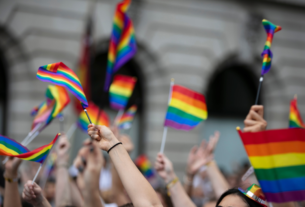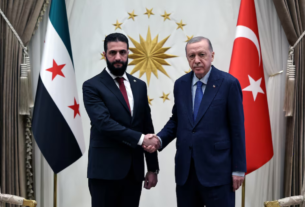The United States has reaffirmed its commitment to protecting education during conflicts. This commitment is part of broader international efforts to safeguard education in crisis zones. The U.S. government has pledged to prioritize education in its foreign policy and humanitarian responses.
Conflicts disrupt education in many parts of the world. Schools become targets for violence, and students often miss years of learning. The U.S. has set specific goals to address this, such as increasing support for education in emergencies and ensuring schools remain safe.
One way the U.S. supports education during conflicts is through funding and partnerships. For example, the U.S. Agency for International Development (USAID) allocates funds to support education programs in conflict-affected regions. This includes building schools, providing learning materials, and training teachers. In some cases, the U.S. works with local governments and organizations to restore education systems after conflicts end.
The U.S. also plays a key role in advocating for global policies that protect education. It has backed international agreements, such as the Safe Schools Declaration. This declaration urges countries to protect educational institutions from attack and ensure students and educators are safe during armed conflict. The U.S. has shown leadership in encouraging other nations to adopt similar policies.
One key focus of U.S. policy is to protect girls’ education in conflict zones. Girls are often more vulnerable during conflicts, with many facing the risk of forced marriage, violence, and trafficking. The U.S. has supported programs specifically designed to help girls continue their education despite the challenges of conflict. This includes providing scholarships and community-based education programs that are more accessible and safer for girls.
In addition to formal education, the U.S. has worked to expand access to alternative learning opportunities during conflicts. For example, technology is increasingly being used to provide education in remote or unsafe areas. The U.S. has funded projects that deliver lessons through online platforms or mobile apps, allowing children to continue learning even if they cannot attend school in person.
The U.S. commitment to protecting education also extends to responding to the needs of refugees and displaced populations. Education is often a lifeline for refugee children, providing a sense of stability and hope. The U.S. has invested in programs that ensure refugee children have access to quality education in camps and resettlement areas.
Despite these efforts, challenges remain. In many conflict zones, schools continue to be targeted, and education systems are often slow to recover. The U.S. must continue to advocate for the protection of education and support initiatives that make it easier for children to learn in times of crisis. Education must remain a priority for both humanitarian aid and long-term recovery in conflict areas.
One example of the U.S. response to conflict-driven education crises is its support for Syrian refugees. Over the years, the U.S. has provided millions of dollars in aid to support the education of displaced Syrian children. This includes funding for schools in refugee camps, providing digital learning tools, and ensuring children have access to teachers trained in emergency education.
The U.S. commitment to education during conflict is not just about providing resources. It is also about creating lasting partnerships and ensuring that education becomes a part of recovery efforts after conflicts end. Education offers hope and a path to rebuilding communities, and the U.S. remains dedicated to ensuring that children, no matter their circumstances, have the opportunity to learn.
This commitment is essential for the future of children living in conflict zones. Education offers not only learning opportunities but also a chance for children to feel normal in otherwise chaotic environments. By continuing to prioritize education in conflict, the U.S. helps lay the foundation for a more stable and peaceful future.




